
Theodore Herman Albert Dreiser was an American novelist and journalist of the naturalist school. His novels often featured main characters who succeeded at their objectives despite a lack of a firm moral code, and literary situations that more closely resemble studies of nature than tales of choice and agency. Dreiser's best known novels include Sister Carrie (1900) and An American Tragedy (1925).
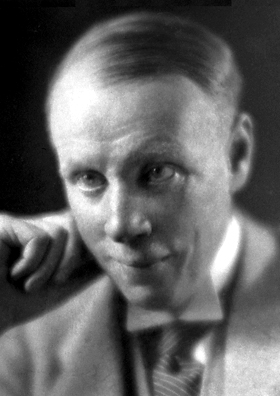
Harry Sinclair Lewis was an American novelist, short-story writer, and playwright. In 1930, he became the first author from the United States to receive the Nobel Prize in Literature, which was awarded "for his vigorous and graphic art of description and his ability to create, with wit and humor, new types of characters." Lewis wrote six popular novels: Main Street (1920), Babbitt (1922), Arrowsmith (1925), Elmer Gantry (1927), Dodsworth (1929), and It Can't Happen Here (1935).
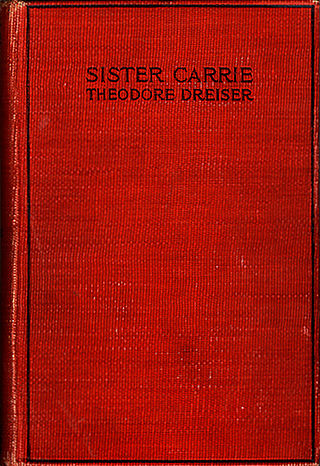
Sister Carrie (1900) is a novel by Theodore Dreiser (1871–1945) about a young woman who moves to the big city where she starts realizing her own American Dream. She first becomes a mistress to men that she perceives as superior, but later becomes a famous actress. It has been called the "greatest of all American urban novels".

An American Tragedy is a 1925 novel by American writer Theodore Dreiser. He began the manuscript in the summer of 1920, but a year later abandoned most of that text. It was based on the notorious murder of Grace Brown in 1906 and the trial of her lover, Chester Gillette. In 1923 Dreiser returned to the project, and with the help of his future wife Helen and two editor-secretaries, Louise Campbell and Sally Kusell, he completed the massive novel in 1925. The book entered the public domain in the United States on January 1, 2021.
Stuart Dybek is an American writer of fiction and poetry.
The American Spectator was a monthly literary magazine which made its first monthly appearance in November 1932. It was edited by George Jean Nathan, though Eugene O'Neill, Ernest Boyd, Theodore Dreiser, and James Branch Cabell were also listed as joint editors. The original editors left the publication in 1935, after which the paper continued monthly publication under new editors until October 1936. The American Spectator lasted another six months on a bimonthly before folding altogether.

The Delineator was an American women's magazine of the late 19th and early 20th centuries, founded by the Butterick Publishing Company in 1869 under the name The Metropolitan Monthly. Its name was changed in 1875. The magazine was published on a monthly basis in New York City. In November 1926, under the editorship of Mrs. William Brown Meloney, it absorbed The Designer, founded in 1887 and published by the Standard Fashion Company, a Butterick subsidiary.
"Old Rogaum and His Theresa" is a short story written by Theodore Dreiser. It was originally published in Reedy's Mirror on December 12, 1901 under the title of "Butcher Rogaum's Door." It subsequently appeared in the 1918 volume Free and Other Stories. With this short story, Dreiser begins to move from allegory to realism dealing with issues including sexual behavior, city life, immigrant struggles, and the conflicts between children and their parents.

Jennie Gerhardt is a 1911 novel by Theodore Dreiser.
Leane Zugsmith was an American novelist and short story writer who frequently wrote about the economically disadvantaged and the shortcomings of capitalism.

The Bulwark is a 1946 (posthumous) novel by Theodore Dreiser.
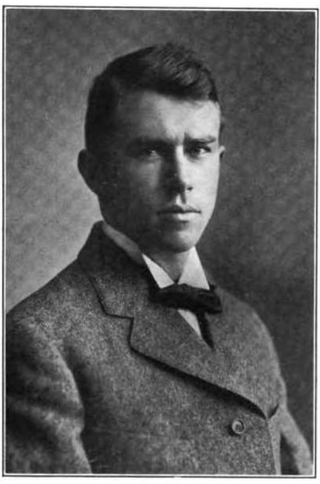
Harris Merton Lyon (1882–1916) was an American short story writer.
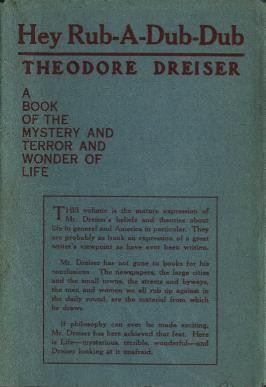
Hey Rub-a-Dub-Dub: A Book of the Mystery and Wonder and Terror of Life is a collection of twenty essays by Theodore Dreiser.

The Golden Age of Indiana Literature is a period from 1880 to 1920 when many nationally and internationally acclaimed literary works were created by natives of the state of Indiana. During this time, many of the United States' most popular authors came from Indiana. Maurice Thompson, George Ade, Booth Tarkington, Theodore Dreiser, Edward Eggleston, Frank McKinney Hubbard, George Barr McCutcheon, Meredith Nicholson, Gene Stratton Porter, Lew Wallace, and James Whitcomb Riley were foremost among the Hoosier authors.

The "Genius" is a semi-autobiographical novel by Theodore Dreiser, first published in 1915. The story concerns Eugene Witla, a talented painter of strong sexual desires who grapples with his commitment to his art and the force of his erotic needs. The book sold 8,000 copies in the months immediately following publication but encountered legal difficulties when it was declared potentially obscene. Dreiser's publisher was nervous about continuing publication and recalled the book from bookstores, and the novel did not receive broad distribution until 1923. When The "Genius" was reissued by a different publisher, the firm of Horace Liveright, it immediately sold more than 40,000 copies.

An American Tragedy is an opera in two acts composed by Tobias Picker, with a libretto by Gene Scheer. This was Picker's fourth opera, written four years after the debut of Thérèse Raquin. Based on the 1925 Theodore Dreiser novel, An American Tragedy, the opera was commissioned by the Metropolitan Opera, and premiered in New York City on December 2, 2005.

Horses and Men is a 1923 short story collection by the American author Sherwood Anderson. It was Anderson's fourth book to be published by B.W. Huebsch and his third collection after the successful short story cycle Winesburg, Ohio. The book was dedicated to writer Theodore Dreiser and included a two-page essay about him titled "Dreiser" in addition to a foreword and nine stories.

Jennie Gerhardt is a 1933 American pre-Code drama film directed by Marion Gering for Paramount Pictures. It stars Sylvia Sidney, Mary Astor, and Edward Arnold. The film is based on the 1911 novel Jennie Gerhardt by Theodore Dreiser.
When a work's copyright expires, it enters the public domain. The following is a list of works that entered the public domain in 2016. Since laws vary globally, the copyright status of some works are not uniform.
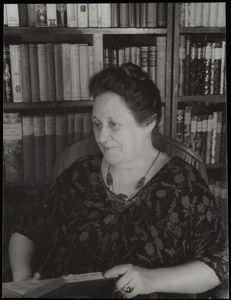
Edna Kenton was an American writer and literary critic. Kenton is best remembered for her 1928 work The Book of Earths, which collected various unusual and controversial theories about a hollow earth, Atlantis, and similar matters.













